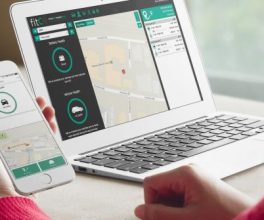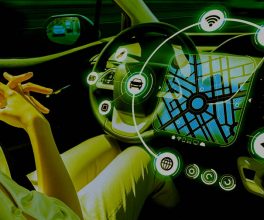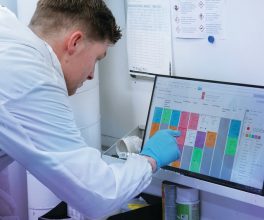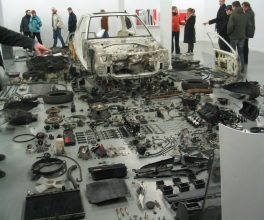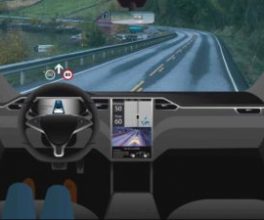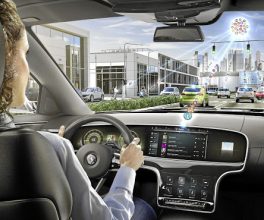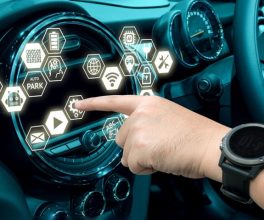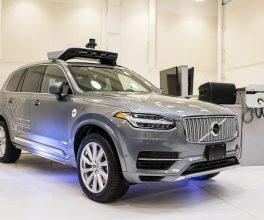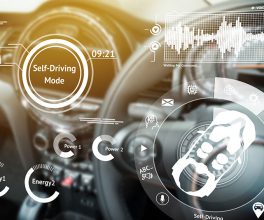
AutoFacets
, Cloud ComputingConnectivity is becoming central to many new cars with Continental predicting 250-million connected cars by 2020
When we talk about Continental, the first thought is usually about tyres, but the company is also involved in technology, including the connected car.
Continental says it connected the first vehicles to the internet in 1996. Since then, it has connected more than 30-million vehicles. And a glimpse into the future promises further growth.
For the first time, 2017 will see half of all new cars equipped with some form of connectivity. By 2020, about 250-million connected cars will be on roads around the world, it says.
“Where vehicle connectivity was once an added feature, it is becoming a key technology for intelligent mobility of the future. This is why we are focusing on holistic connectivity for a seamless online connection, and developing the entire vehicle into an open system,” says Helmut Matschi, member of the executive board at Continental and head of its interior division.
“Holistic connectivity concerns all aspects of a connected vehicle — from the in-vehicle electronics architecture through the seamless connection to the services and the interaction between driver and vehicle. We are developing the building blocks for all areas of holistic connectivity. In doing so, we are shaping future mobility.”
Wireless software updates for the entire vehicle electronics constitute a central building block for holistic connectivity, Matschi says.
Continental says this is not simply about demonstrating how this capability can be implemented in vehicles securely and reliably. It has teamed up with Carnegie Technologies for a solution that enables the seamless and disruption-free transition between different wireless networks (mobile telephony, Wi-Fi or satellite systems).
To send data packages containing as much data as possible from the cloud to the vehicle and back, the solution can also combine data lines, for example, from the passengers’ mobile devices as a means of pooling transmission capacities.
In a collaboration with Inmarsat, Continental is using satellite communication to provide car manufacturers and drivers worldwide with the best possible network connection.
Holistic connectivity will also make in-vehicle infotainment smarter and more flexible, says the company. With the cloud terminal, applications that were once directly integrated in the head unit will now be moved to the cloud. This ensures that the system is always up to date and that new functions can be added at any time, allowing vehicle manufacturers to roll out applications across different models and vehicle classes.
The twist is that Continental says it has created a development framework within the cloud that uses standard development tools and therefore does not require developers to have any specialised automotive software expertise. This means the company is opening up the connected car to a broad developer community, creating the basis for a number of functions.
The cloud terminal also acts as the driver’s digital assistant, analysing the driver’s habits and providing appropriate personalised functions.
Courtesy of Business Day








